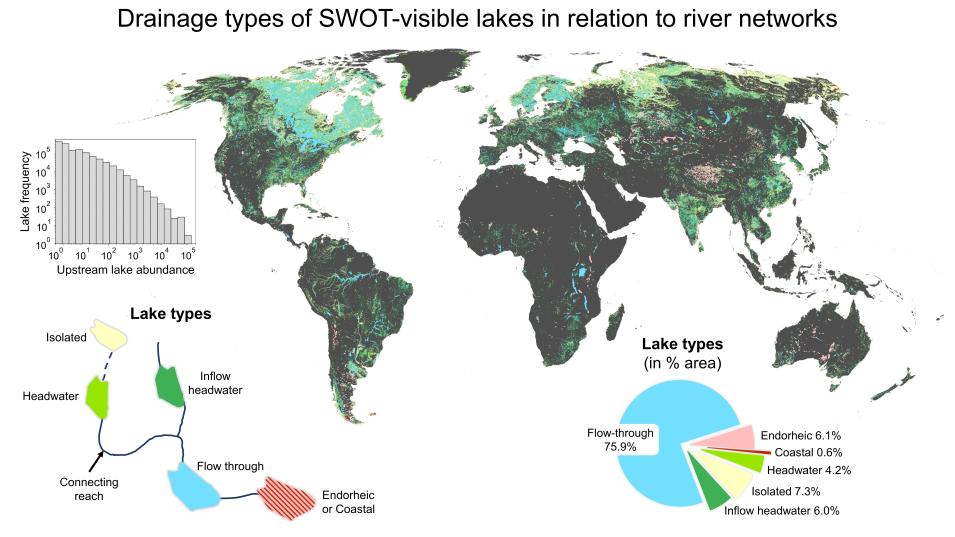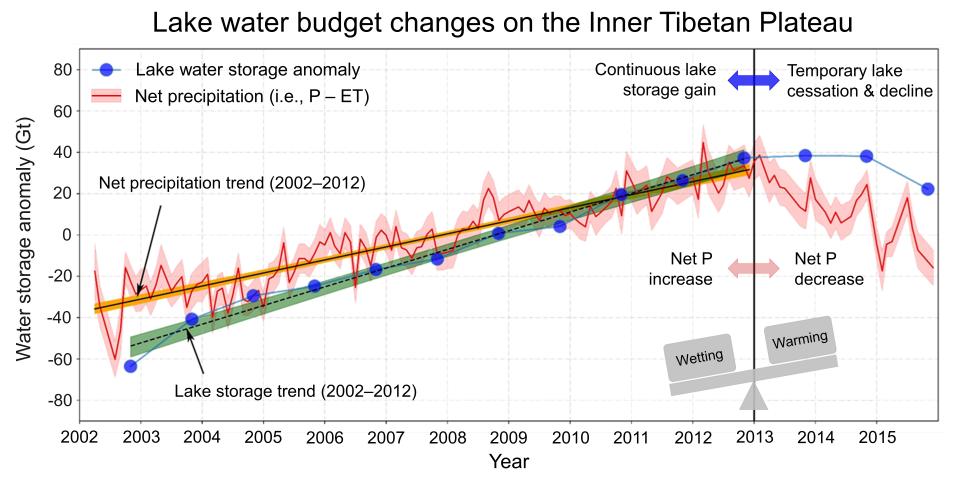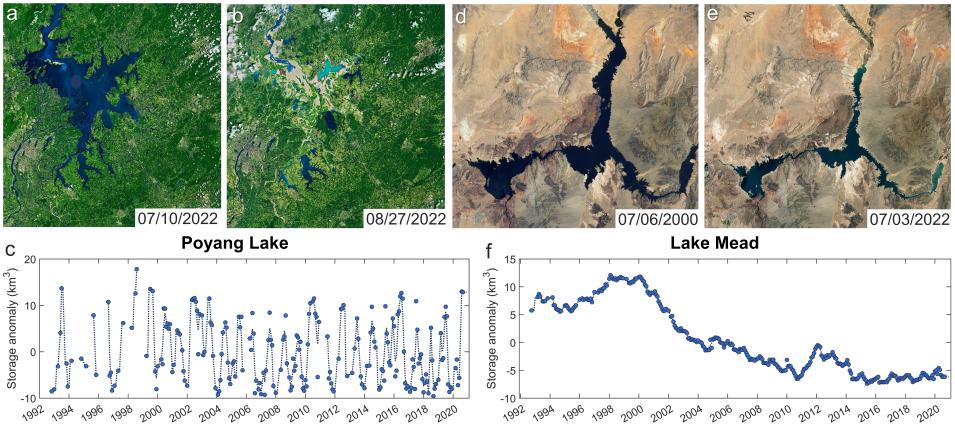Dr. Jida Wang, Associate Professor, Department of Geography and Geospatial Sciences, Kansas State University
Research Interests: Hydrology and limnology; surface water abundance and dynamics in lakes, reservoirs, and wetlands; using satellite data to monitor the variability in lake water balance and quality; understanding how lakes and reservoirs function as sentinels, regulators, and integrators of climate change.
Research Highlights: Beyond changing weather patterns, melting glaciers, and rising sea levels, the warming of Earth's climate may profoundly alter Earth’s freshwater resources—lakes, rivers, and reservoirs—resulting in significant societal impact. Without an adequate means of monitoring the volume of freshwater stored in these resources and the processes that affect it, attempts to assess the full scope of environmental change on the populations and sectors of the economy that rely on them would be limited at best.
Further, having robust data on Earth’s freshwater resources is imperative for their management as well as in planning for and responding to natural hazards like floods and droughts, particularly in areas home to large populations.
Among the researchers working to make such monitoring and datasets a reality is Dr. Jida Wang, Associate Professor in the Department of Geography and Geospatial Sciences at Kansas State University.
Wang’s work in limnology, or the study of the physical, biological, and chemical features of lakes and other bodies of freshwater, and surface hydrology focuses on three related topics: 1) improving hydrological datasets; 2) using data from multiple satellite missions to monitor lake water balance, particularly in climate-sensitive areas and water-stressed regions; and 3) integrating methodologies such as remote sensing, in-situ measurements, and hydrological modeling to seek lake change attribution and suggest socioeconomic implications.
For example, Wang is a member of the current science team for the Surface Water and Ocean Topography (SWOT) satellite mission. SWOT is a joint mission between NASA and the Centre National D'Etudes Spatiales (CNES, the French space agency), with contributions from the Canadian Space Agency (CSA) and the United Kingdom Space Agency.


